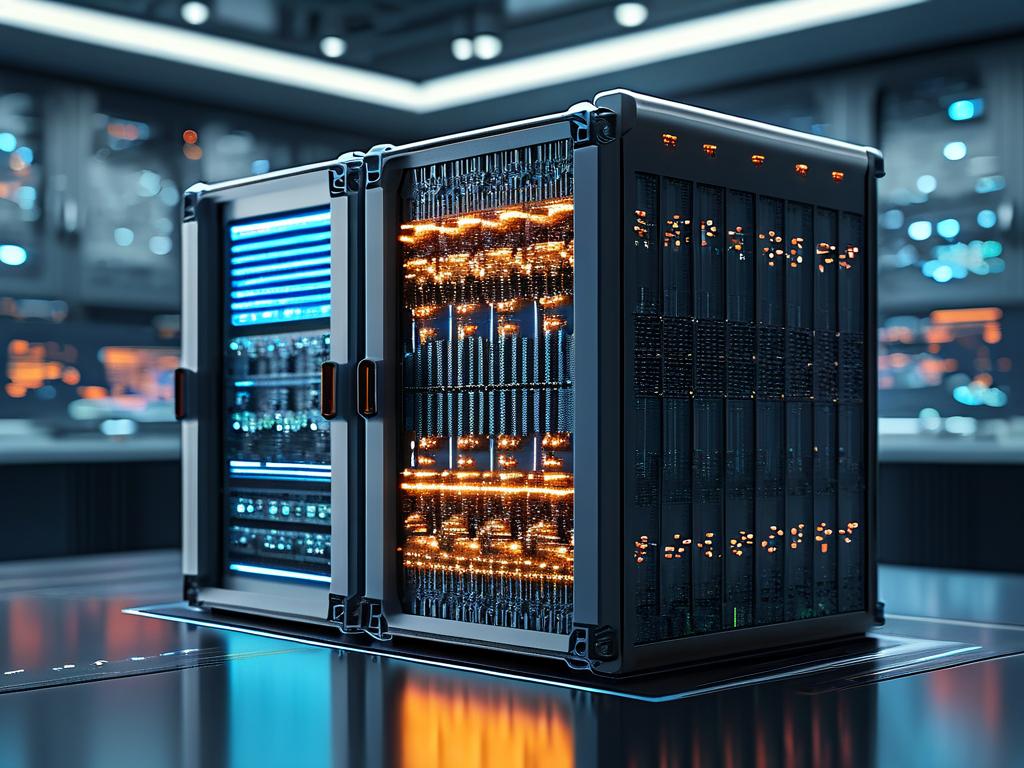The rapid growth of data-driven industries has necessitated faster and more efficient computational frameworks. Enter in-memory distributed computing engines—a paradigm shift that combines the speed of in-memory processing with the scalability of distributed systems. Unlike traditional disk-based approaches, these engines store and process data directly in RAM across clusters, slashing latency and enabling real-time analytics.

Core Architecture and Workflow
At their core, in-memory distributed computing engines leverage a cluster of interconnected nodes, each equipped with high-speed memory. Data is partitioned and distributed across these nodes, allowing parallel processing. For instance, Apache Ignite employs a partitioned in-memory dataset model, where computations occur locally on each node to minimize network overhead. A simplified code snippet for initializing a cache in Apache Ignite illustrates this:
IgniteConfiguration cfg = new IgniteConfiguration();
CacheConfiguration<Integer, String> cacheCfg = new CacheConfiguration<>("sampleCache");
cfg.setCacheConfiguration(cacheCfg);
Ignite ignite = Ignition.start(cfg);
This architecture ensures that tasks like SQL queries or machine learning algorithms execute concurrently, harnessing the collective memory of the cluster.
Advantages Over Traditional Systems
- Sub-Second Latency: By eliminating disk I/O bottlenecks, these engines process queries in milliseconds. Financial institutions, for example, use them for real-time fraud detection.
- Horizontal Scalability: Adding nodes linearly increases both storage and compute capacity.
- Fault Tolerance: Data replication and checkpointing mechanisms ensure resilience against node failures.
Use Cases Driving Adoption
- Real-Time Analytics: E-commerce platforms analyze user behavior instantly to adjust recommendations.
- IoT Data Streams: Manufacturing systems monitor equipment sensors in real time to predict failures.
- Transactional Workloads: Hybrid transactional/analytical processing (HTAP) unifies OLTP and OLAP workflows.
Challenges and Considerations
While powerful, in-memory engines demand careful resource management. Memory costs remain higher than disk storage, and developers must optimize data serialization to reduce overhead. Tools like Redis use efficient encoding formats such as Protocol Buffers to mitigate this. Additionally, ensuring data consistency across nodes requires robust consensus algorithms like Raft or Paxos.
The Road Ahead
The integration of non-volatile memory express (NVMe) and advancements in network protocols like RDMA will further enhance performance. Meanwhile, cloud-native designs are enabling seamless deployment across hybrid environments. As industries prioritize agility, in-memory distributed computing engines will solidify their role as the backbone of modern data infrastructure.
In summary, these engines represent not just an incremental improvement but a foundational shift in how data is processed—ushering in an era where speed and scale coexist without compromise.









